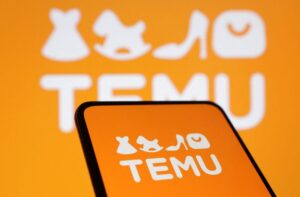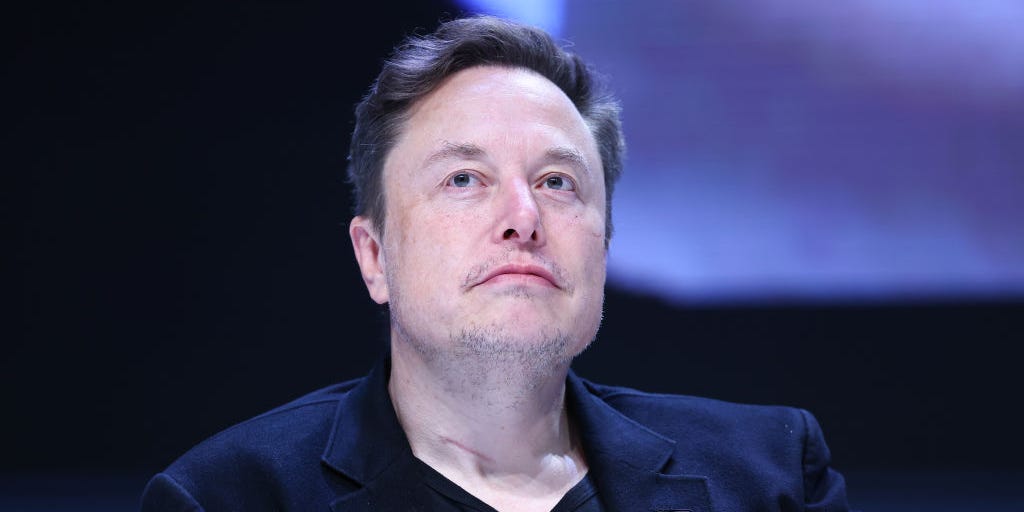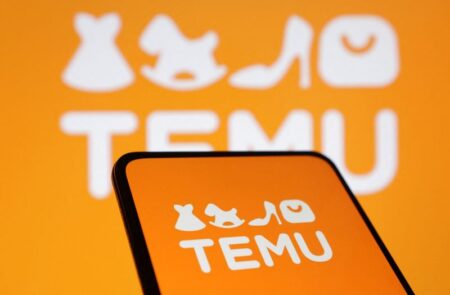Elon Musk on Tuesday said SpaceX’s Starlink, Musk’s satellite internet service, would allow people stranded in the wilderness to access emergency services on their cellphones for free.
The SpaceX CEO made the comments in an X post as the company, in partnership with T-Mobile, currently seeks approval from the Federal Communications Commission to operate its direct-to-cellular Starlink technology commercially.
SpaceX says the satellite-based service would provide supplemental cell coverage to Americans from space that would close mobile “dead zones.” Cellular service providers AT&T and Verizon have raised concerns about the technology, including that it would disrupt their own mobile networks.
In a letter to the FCC on Friday, SpaceX said the service would connect first responders in a variety of environments and would be able to send wireless emergency alerts to everyone — not just T-Mobile customers — in places where there is no earth-based cellular coverage.
The company urged the FCC to authorize it to operate the satellites commercially, “connecting Americans in places that have never had mobile service before.”
In an X post on Tuesday, Musk emphasized the wireless emergency alert system and said it could “help a lot of people if they are stranded in the wilderness.”
“After thinking it through, SpaceX Starlink will provide emergency services access for mobile phones for people in distress for free,” Musk said in a follow up post. “This applies worldwide, subject to approval by country governments. Can’t have a situation where someone dies because they forgot or were unable to pay for it.”
It’s unclear how exactly the emergency services would work. SpaceX did not respond to a request for comment from Business Insider.
Musk’s post may have been aimed at appealing to the FCC as they consider approval of the direct-to-cellular service.
Brendan Carr, a Republican FCC commissioner, reacted positively to the announcement, responding in an X post: “Direct to cell technology will really benefit public safety communications and first responders.”
The satellite-based emergency service could be similar to Apple’s Emergency SOS service that’s available on newer iPhones. The feature allows iPhones that are out of cellular range to request help from emergency services via satellite, among other features.
Apple’s Emergency SOS feature is available on iPhone 14 and 15 models and is free for two years after activating the phone. The feature has been utilized around the world, including by hikers who were stranded in an Oregon forest and a couple who drove off a cliff in California.
Read the full article here
















